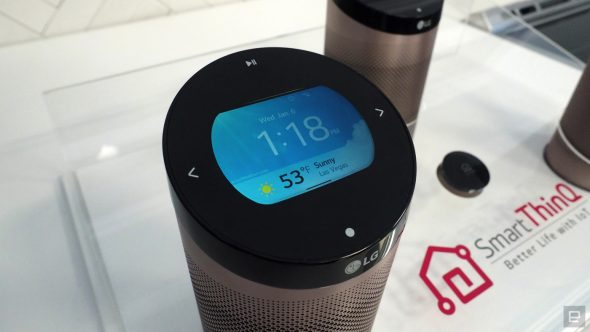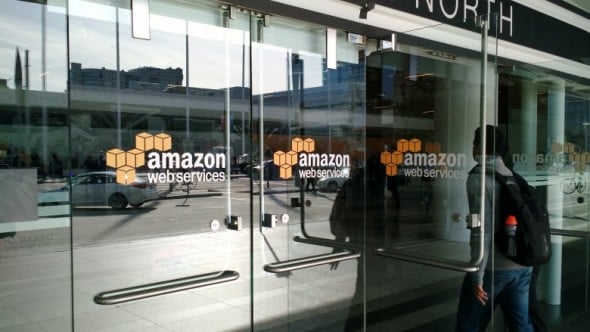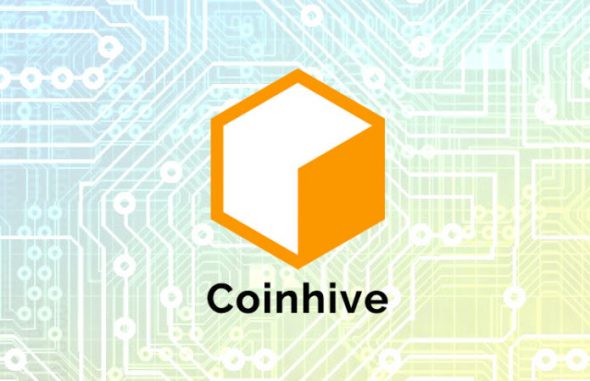Microsoft Hits $20 Billion Cloud Services Target Way Earlier Than Expected
Although its target was to reach an annual run rate of $20 bn by the end of 2018, Microsoft managed to hit the target way earlier than planned.
According to a quarterly report from last week, Microsoft’s cloud services achieved .4 bn already this quarter.
Book a demo today to see GlobalDots is action.
Optimize cloud costs, control spend, and automate for deeper insights and efficiency.

“This quarter we exceeded $20 bn in commercial cloud ARR, outpacing the goal we set just over 2 years ago. Our results reflect accelerating innovation and increased usage and engagement across our businesses as customers continue to choose Microsoft to help them transform.”
Satya Nadella, CEO @ Microsoft
A great boost to the figures is the latest Costco deal. As reported by Reuters, the retailer had chosen Azure as its prefer hybrid cloud solution.
Here are some more stats from Microsoft’s quarterly report:
- A 17% increase in server products and cloud services propelled by Azure’s 90% YoY revenue growth
- A 14% revenue increase of Intelligent Cloud (reached $6.9 bn)
- 10% YoY increase of Office commercial products and cloud services driven by Office 365 42% revenue growth
- Office 365’s subscribers rose to 28 million
- LinkedIn brought $1.1 billion in revenues for the quarter
- Overall revenue reached $24.5 bn (a 12% YoY increase)
These latest stats come as a result of Microsoft’s heavy investments in their cloud analytics, AI, IoT and improved Office services, making them an even more relevant player in the cloud race against AWS and GCP.

“Reaper” Is The Latest IoT Malware And Is Spreading Fast
Last week reports from Israel and China indicate a rise of a new strain of IoT malware.
Some researchers claimed that the newly found malware, dubbed “Reaper”, managed to infect over a million organizations. Later on, the number was dismissed by some botnet experts saying that the actual number of Reaper-affected devices was much smaller.
According to security company Arbor Networks, the size of the botnet is somewhere between 10,000 and 20,000 bots. The company also noted that hackers didn’t yet assemble a million-device botnet although, considering the pool of available vulnerable devices, they definitely have the capacity to do so.
The Reaper malware is partly based on Mirai’s code, a powerful IoT botnet used for high-scale cyber attacks throughout last year.
Arbor’s team also pointed out that they have identified 2 million potential hosts which haven’t yet been recruited by the botnet. The researchers also said that hackers may have intentionally slowed the spread to keep a low profile.
It appears as Reaper is a product of the Chinese cybercrime underground, being built to be offered as a “stresser” service on the Chinese DDoS-for-hire market.

Read More: KrebsOnSecurity
Hackers Could Hijack Unpatched LG Smart Appliances
A research conducted by Check Point, the Tel Aviv-based security company, found severe security vulnerabilities in LG SmartThinQ home devices. According to researchers, the devices can be remotely hijacked without the need for the hacker to be on the same network as the targeted device.
Aptly named HomeHack, the vulnerability resides within the mobile app used for handling the LG smart home appliances. Simply put, it allows the attacker to gain control of any device connected through the app.
Considering that some LG smart home devices also carry a camera, the vulnerability could easily turn them into spying robots.
The vulnerability was disclosed to LG on July 31 and the company has since issued an update to patch the threat. All LG SmartThinQ users are strongly advised to update their LG mobile app to the latest version (1.9.23) to prevent appliance hijacking.

Read More: Hacker News, Check Point Blog
The New AWS P3 Instances Will Enable Even Faster Machine Learning
AWS is set to turbo-charge their machine learning business offerings.
The newly introduced P3 instances for their Elastic Cloud Computing (EC2) offers up to 14 times better performances compared to previous capabilities. Businesses will be able to deploy and train machine-learning apps much faster, start operating instantly and with minimal latency.
Each P3 instance carries one, four and up to eight Nvidia Tesla V100 GPUs per virtual machine, connected through 300GB/s 2nd-gen Nvidia NVLink for a superior and low-latency GPU-to-GPU communication. Underneath all of it is a support by 64 vCPUs based on a modified version of Intel’s Xeon E5-2686v4 processor.
The P3 instances are mainly built to support systems that require instant analysis of vast amounts of data such as molecular modeling, computational fluid dynamics, computational finance, genomics, seismic analysis, and autonomous vehicle systems.

Hacker Injects JavaScript Into CoinHive’s DNS And Makes it Mine Cryptocurrency For Him
CoinHive is a popular online service which enables website owners to embed a JavaScript to leverage visitors’ CPUs power for cryptocurrency mining.
Last week unknown actors managed to gain access to Coinhive’s CloudFlare account and modify its DNS to replace CoinHive’s JS code and embed their own malicious version into thousands of user websites.
It seems that the hackers reused an old password that was leaked back in the 2014 Kickstarter data breach. The hijacking was discovered and fixed, however, for over 6 hours CoinHive users were mining the Monero cryptocurrency for the hacker rather than for themselves.

Read More: Hacker News






